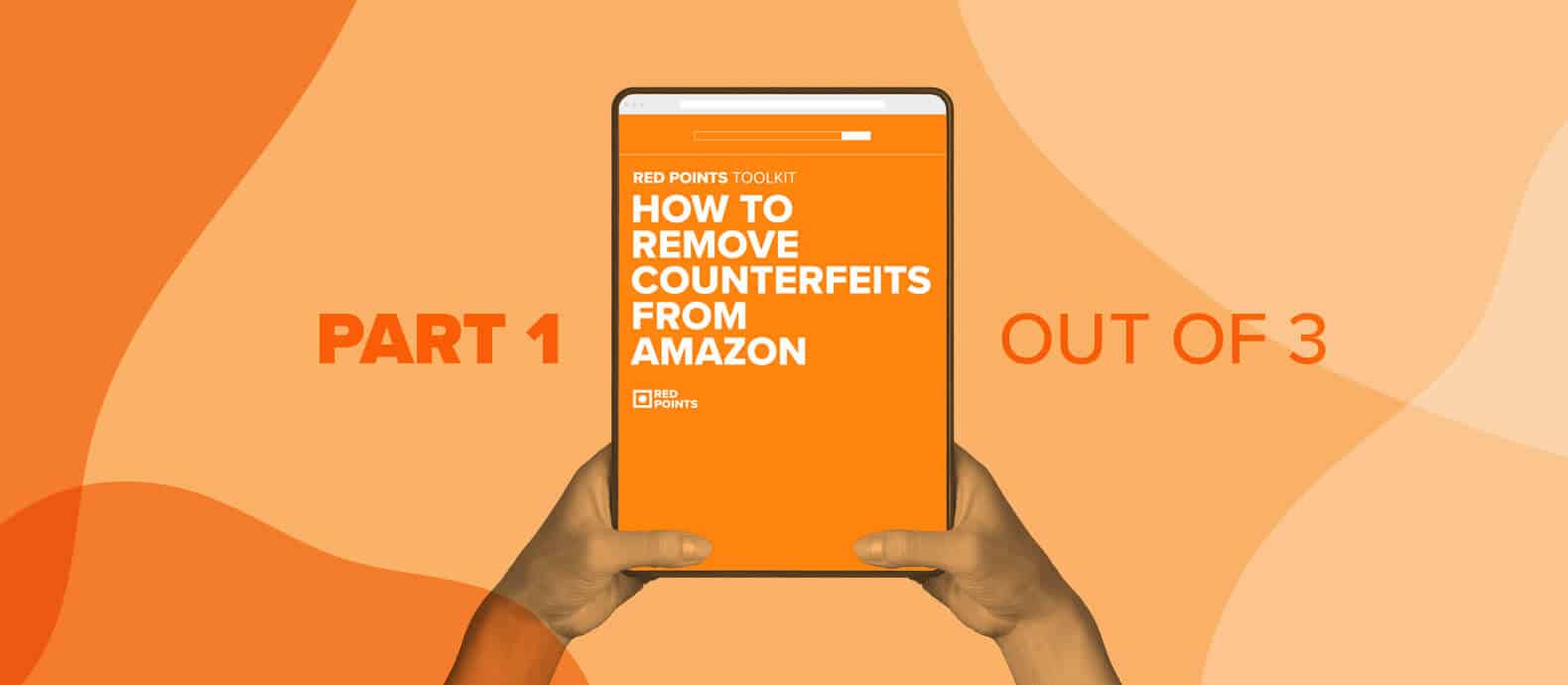Mercado Libre is the largest ecommerce marketplace and fintech technological platform in Latin America.
Mercado Libre offers solutions so that individuals and companies can buy, sell, offer, send and pay for goods and services through the Internet via its platforms: Mercado Libre, Mercado Pago and Mercado Envios.
With over 290 million registered users, it creates an online market that enables the transaction of a wide variety of goods in an easy, safe and efficient way. It also allows users to offer vehicles, Real estate property and services in an exclusive classified online listings section.
Like any marketplace, MercadoLibre has dealt with counterfeit listings and bad actors. But the good news is that the company provides an easy way for IP owners to report and request the removal of counterfeit products, among other Intellectual Property infringements that could also be reported. It’s called the Brand Protection Program (or by its acronym, the BPP), and we’ll show you exactly how to use it.
It’s also worth noting that In addition to its Brand Protection Program, in November 2021 Mercado Libre also took another important step towards intellectual property rights protection by launching the Anti-Counterfeiting Alliance, a partnership between the company and brands against alleged counterfeit and piracy in Mercado Libre’s ecosystem.
Summary:
- IP owners and authorized agents can report counterfeits and any other allegedly IP infringement through the BPP reporting tool;
- The reporting tool is available in the 18 countries in which Mercado Libre operates;
- Free of charge
- One single account to regionally monitor and report allegedly infringing listings through the platform;
- Notice & takedown procedure with a counter-notice process at the end of which the member of the BPP decides whether to accept or not the response and grounds of the reported seller.
- Real-time search in all of our sites and the possibility to submit reports in bulk, with just a few clicks;
- Search by keywords and the possibility to save them for future searches to save the various criteria used making the reporting experience easier and more efficient;
- Sellers audit, to differentiate trustworthy and suspicious sellers ,
- Case management section (counter-notice process) to track seller´s responses all at the same place
- The process for reporting a counterfeit and requesting its removal is comparable to other ecommerce marketplaces—brand owners register IP with the site, submit takedown requests, and monitor any responses
Watch our webinar with Juan Cichero, Head of Brand Protection at Mercado Libre and Guadalupe Yamila García Crespo, IP Regional Counsel at Mercado Libre for more insights.
Step 1: Gather documentation
The first step is to gather the correct documentation. If you’ve reported counterfeits to other e-commerce sites like Amazon or Alibaba, this part will be familiar to you. Mercado Libre, like other e-commerce marketplaces, requires you to register your IP with the website prior to requesting any removals. Rights holders or their authorized agents can sign up and report, and agents will have to provide power of attorney or letter of authorization documentation.
Mercado Libre provides this solution to enforce trademarks, copyrights, industrial designs, patents and utility models. To sign up for the program, IP owners shall upload documentation that supports their Intellectual Property Rights. Documentation should include:
- Certificates of grant (Industrial Property Rights)
- IP rights holder information
- Agent information (if applicable)
- Registration numbers
- Expiration dates
- Descriptions of classes or inventions and image files if applicable
Titleholders should enroll their Industrial Property Rights registered in the country in which they want to enforce their rights. According to the website Terms & Conditions
“Only the possibility of reporting in marketplaces where the Member had accredited the existence of valid and current rights and had been previously enrolled to the Program will be allowed.”
So, for example, if you found infringing listings on the Argentinian website, you’ll have to enroll your IP granted in Argentina before reporting in the program.
Step 2: Join the Brand Protection Program
Once you’ve gathered the necessary information, the next step is to create a profile on the Brand Protection Program. You can find the registration form here. You don’t need to have a MercadoLibre profile to operate in the Marketplace since they are different accounts. After your enrollment application is accepted, the profile will be automatically created and credentials are going to be sent for you to log in and start using the tool.
To sign up:
- Select which type of user you are (owner or legal representative)
- Enter business information (name, country, identification type and number)
- Select which type of IP right you want to enroll
- Enter details for the personal contact
- Add public information to be shared with reported sellers (business name and email)
Then, agree to the terms of service and click submit.
The Brand Protection Program is available in Spanish, English, and Portuguese.
Step 3: Search for counterfeit products
One cool thing about Mercado Libre’s takedown tool is that it lets you search for infringing products across all of its sites at the same time and from only one profile. You can then flag potential products and save them within the system for later analysis. Mercado Libre’s tool even lets you save your keywords and filters to use in subsequent searches.
This is a lot easier than what Amazon requires to remove a counterfeit, which is to record each product’s ASIN separately and then paste the numbers into a takedown form.
Step 4: Submit and monitor takedown requests
IP owners can then submit a takedown request for single pages or listings in bulk. Once the request is submitted, Mercado Libre will temporarily suspend the listing. The seller then has four days to respond to the request.
If they don’t respond, the listing is automatically deleted. However, if they do respond and challenge the request, IP owners have four days to respond to the challenge. At that point, you can deny the challenge or withdraw the original takedown request. If you deny the challenge and the listing is deleted, the system triggers a behaviour seller analysis to determine whether a sanction to the seller applies or not. The sanction could be a warning, a temporary suspension, and the permanent shut down of the seller´s account.
You can track the status of each request within the program’s website. You can download reports organized by date, auditor, or seller to stay on top of the progress. Mercado Libre’s tool also lets you create multiple users under one brand to share the workload between teams and improve efficiency.
Once you have a profile and have enrolled the corresponding IP rights, you’ll just have to search for sellers and request takedowns in the future.
Automate your IP protection
Mercado Libre’s takedown tool is fairly easy to use, but it still requires you to search for infringing listings yourself. With Red Points’ automated brand protection tool, you can enlist the help of AI and machine learning to always know when a new counterfeit pops up.
Want to find out more, watch our webinar with Mercado Libre’s Head of Brand Protection & IP Regional Counsel for an exclusive webinar to learn best practices to protect your brand in the new normal.






